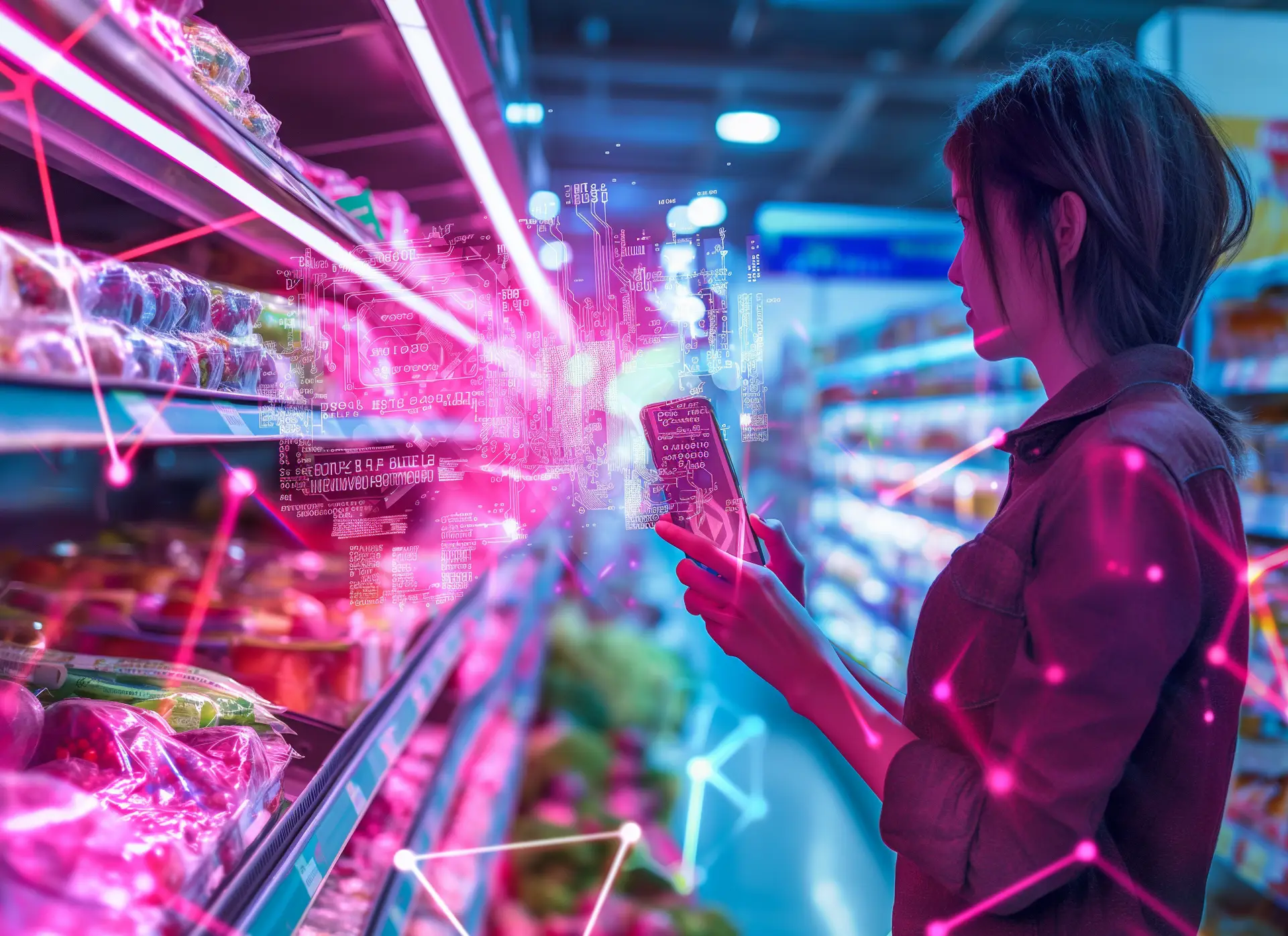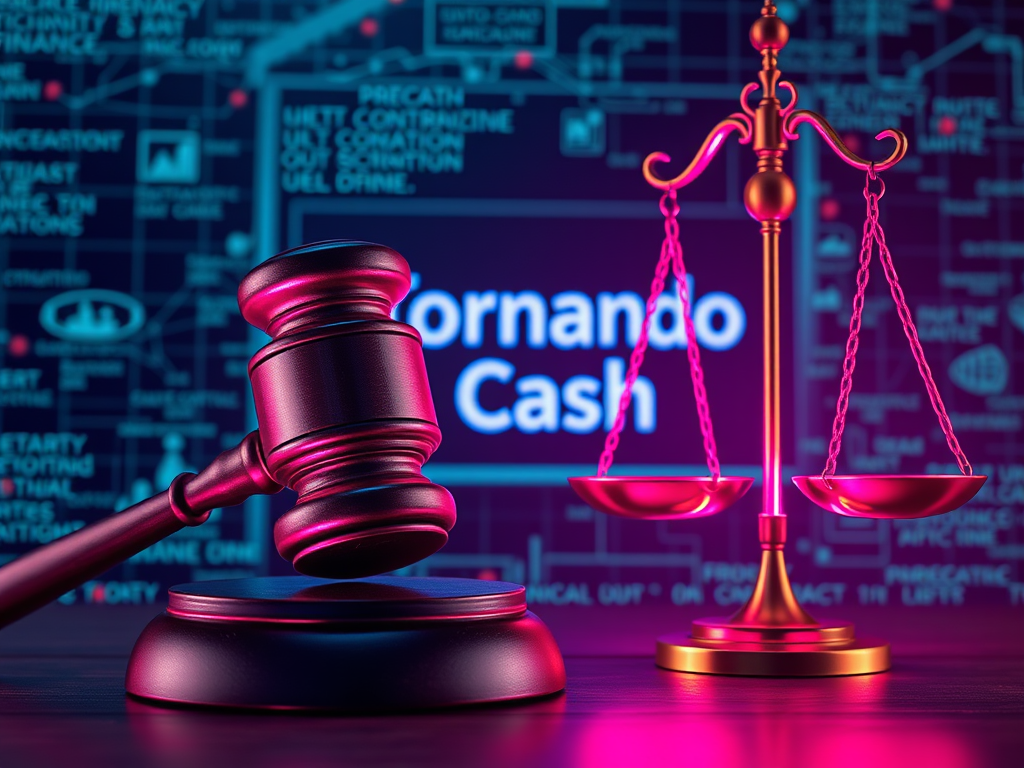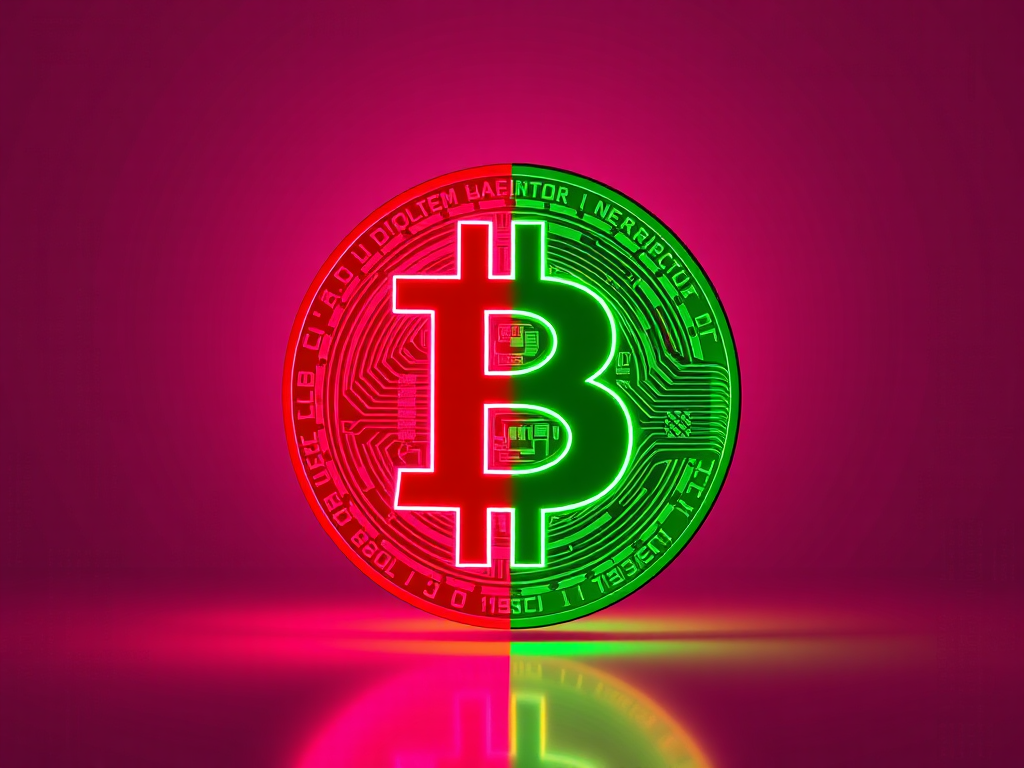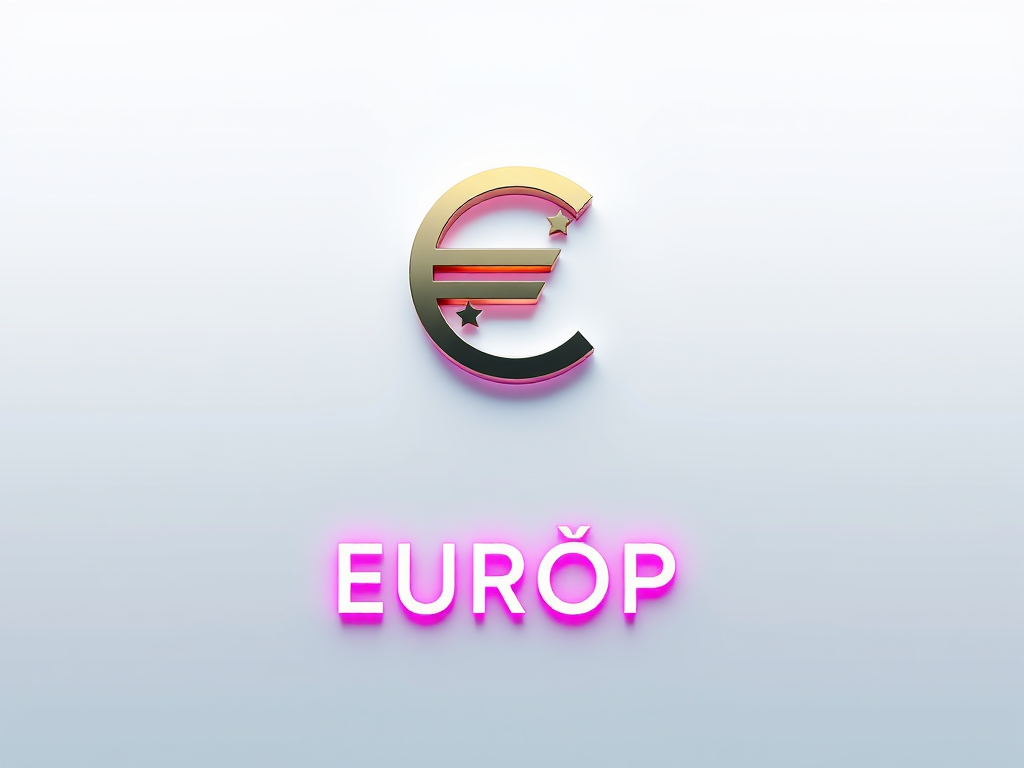Food safety and traceability have become critical concerns in today’s global food supply chains. Consumers demand transparency about the origins of their food, while regulatory bodies push for stricter compliance standards. Blockchain technology offers a solution by providing a secure, transparent, and immutable transaction record, ensuring food products’ safety and traceability. This article explores how blockchain can revolutionize food supply chains, enhancing safety and traceability from farm to table.
Challenges with Traditional Supply Chains
Traditional food supply chains are often complex and opaque, involving multiple intermediaries, from farmers and processors to distributors and retailers. This complexity can lead to several issues:
- Lack of Transparency: Consumers and regulators struggle to trace the origin and journey of food products, making it difficult to ensure quality and safety.
- Inefficiencies: Manual record-keeping and disparate systems can result in delays, errors, and increased costs.
- Food Fraud: The absence of a secure tracking system can lead to food fraud, where products are misrepresented or adulterated.
- Food Safety Issues: Contaminations or outbreaks are challenging to trace and manage, posing significant health risks.
How Blockchain Addresses These Challenges
Blockchain technology offers a transformative approach to addressing these issues by providing a decentralized and immutable ledger of transactions. Here’s how blockchain can enhance food supply chains:
Transparency and Traceability
Blockchain creates a transparent and tamper-proof record of each transaction in the supply chain. Each participant, from the farmer to the retailer, logs information about their activities on the blockchain. This enables consumers and regulators to trace a food product’s journey back to its source, ensuring its authenticity and quality. For example, by scanning a QR code on a product, consumers can access detailed information about its origin, production methods, and journey through the supply chain.
Efficiency and Cost Reduction
Blockchain automates and streamlines record-keeping processes, reducing the need for manual documentation and intermediaries. Smart contracts—self-executing contracts with terms directly written into code—can automate transactions and enforce compliance, reducing delays and costs. For instance, payment can be automatically released to a farmer once the delivery is confirmed, ensuring timely and accurate transactions.
Combating Food Fraud
Blockchain helps combat food fraud by providing a secure and verifiable record of transactions. Each transaction is cryptographically linked to the previous one, making it nearly impossible to alter or falsify information without detection. This ensures that all claims about a product’s origin, quality, and authenticity can be verified, protecting consumers from fraudulent practices.
Enhancing Food Safety
Blockchain enables rapid and precise traceability in a contamination or outbreak. By accessing the blockchain, stakeholders can quickly identify the source of the problem, isolate affected products, and take corrective actions. This minimizes public health risk and reduces recalls’ economic impact. For example, in the case of an E. coli outbreak, blockchain can help trace the contaminated batches back to the specific farm, enabling targeted recalls and preventing further spread.
Real-World Examples of Blockchain in Action
IBM Food Trust
One of the most prominent examples of blockchain in food supply chains is IBM Food Trust. This blockchain-based platform connects various stakeholders in the food industry, providing a secure and transparent way to trace food products. Major retailers like Walmart and Carrefour have adopted IBM Food Trust to enhance traceability, improve food safety, and build consumer trust. As of 2023, IBM Food Trust has expanded significantly, with over 200 organizations participating across 18 countries.
Provenance
Provenance is another blockchain platform focusing on supply chain transparency and traceability. It allows businesses to trace the origins and journey of their products, providing consumers with verified information about sustainability and ethical practices. Provenance has been used in various food sectors, from seafood to coffee, helping brands build trust and demonstrate their commitment to quality and ethics.
TE-FOOD
TE-FOOD is a blockchain-based traceability solution specifically designed for the food industry. It provides end-to-end traceability, from farm to table, ensuring that all information about a product’s journey is securely recorded and accessible. TE-FOOD has been implemented in various countries, helping improve food safety, reduce fraud, and increase efficiency in food supply chains.
Carrefour
Carrefour, a leading global retailer, has implemented blockchain technology to trace several product lines, including chicken, eggs, and milk. Using blockchain, Carrefour provides consumers with detailed information about the origin and journey of these products, enhancing transparency and trust. The success of this initiative has led Carrefour to expand blockchain traceability to more products, demonstrating the technology’s scalability and effectiveness.
Challenges and Considerations for Blockchain Adoption
While blockchain offers significant benefits for food supply chains, several challenges must be addressed:
Scalability
As the number of transactions in a food supply chain can be enormous, scalability is critical. Blockchain networks must be able to handle high volumes of transactions efficiently. High transaction volumes can lead to bottlenecks, slowing the entire supply chain process. However, scalability issues are more relevant to public blockchains like Bitcoin and Ethereum. Many enterprise blockchain solutions used in supply chains, such as Hyperledger Fabric or R3 Corda, are designed to handle high transaction volumes more efficiently. These platforms employ sharding and layer-2 scaling solutions to improve performance and manage large volumes of transactions without compromising speed or security.
Interoperability
For blockchain to be effective in food supply chains, it must be interoperable with existing systems and standards. Ensuring seamless integration with legacy systems, such as ERP, supply chain management software, and other blockchain networks is essential for widespread adoption. Interoperability allows different systems to communicate and work together, facilitating a smoother transition to blockchain technology. Initiatives like the Baseline Protocol are working to standardize how enterprises can use public Ethereum networks for supply chain management, potentially improving interoperability between different blockchain systems. This protocol connects business processes through a blockchain-based common frame of reference, ensuring high performance, security, and privacy.
Standardization efforts, APIs, and cross-chain protocols are being developed to enable this integration, making it easier for businesses to adopt blockchain without overhauling their entire infrastructure.
Data Accuracy
While blockchain technology ensures the integrity of recorded data by making it immutable and tamper-proof, it does not inherently guarantee the accuracy of the data that is inputted into the system. Ensuring that all participants in the blockchain network provide accurate and truthful information is crucial for maintaining the reliability of the data. Combining blockchain with other technologies like IoT sensors and AI can significantly improve data accuracy at entry. IoT devices can automatically collect and record data about food products, such as temperature, humidity, and location, ensuring real-time monitoring and verification. This integration can provide more detailed and reliable information about a product’s journey, improving food safety and quality.
Regulatory Compliance
Blockchain applications in food supply chains must comply with various regulatory requirements, from food safety standards to data protection laws. Navigating these regulatory landscapes can be complex and vary significantly between countries and regions. Specific regulations like the EU’s General Food Law Regulation or the US Food Safety Modernization Act are driving the need for better traceability in food supply chains. These regulations mandate stringent compliance standards and make blockchain attractive for ensuring transparency and accountability.
Cost and Adoption
The implementation of blockchain technology can involve significant upfront and ongoing costs. These costs include the development of the necessary infrastructure, training for staff to manage and operate the blockchain system, and ongoing maintenance to ensure its continued functionality and security. Convincing stakeholders to adopt blockchain technology can be particularly challenging, especially in traditional industries resistant to change. To drive adoption, it is crucial to demonstrate clear benefits and a tangible return on investment. This might involve conducting pilot projects to showcase the effectiveness of blockchain in improving traceability, reducing fraud, and enhancing overall efficiency in the food supply chain. Additionally, providing comprehensive education and support to stakeholders can alleviate concerns and facilitate smoother transitions to blockchain-based systems.
The Future of Blockchain in Food Supply Chains
The future of blockchain in food supply chains looks promising, with ongoing advancements and increasing interest from various stakeholders. Key developments that will drive the future of blockchain in this sector include:
Integration with IoT
Integrating blockchain with the Internet of Things (IoT) can enhance data accuracy and traceability. IoT devices can automatically collect and record data about food products, such as temperature, humidity, and location, ensuring real-time monitoring and verification. This integration can provide more detailed and reliable information about a product’s journey, improving food safety and quality.
Standardization
Developing standardized protocols and frameworks for blockchain applications in food supply chains will facilitate interoperability and collaboration. Industry-wide standards can ensure consistency and reliability, making it easier for stakeholders to adopt and integrate blockchain solutions.
Consumer Engagement
Blockchain can build trust and engagement as consumers become more conscious of food safety and sustainability. Providing consumers with transparent and verified information about the origins and journey of their food products can enhance brand loyalty and drive demand for ethically and sustainably sourced products.
Regulatory Support
Regulatory bodies are increasingly recognizing blockchain’s potential for enhancing food safety and traceability. Supportive regulatory frameworks can encourage the adoption of blockchain technology, providing legal certainty and incentivizing innovation.
Conclusion
Blockchain technology holds immense potential to revolutionize food supply chains by ensuring safety and traceability. By providing a transparent, secure, and immutable record of transactions, blockchain can enhance transparency, efficiency, and trust in the food industry. While scalability, interoperability, data accuracy, regulatory compliance, and cost challenges must be addressed, ongoing advancements and increasing interest from stakeholders indicate a promising future. As blockchain continues to evolve and integrate with other technologies, it is poised to transform how we produce, distribute, and consume food, creating safer and more transparent food supply chains for the future.


















